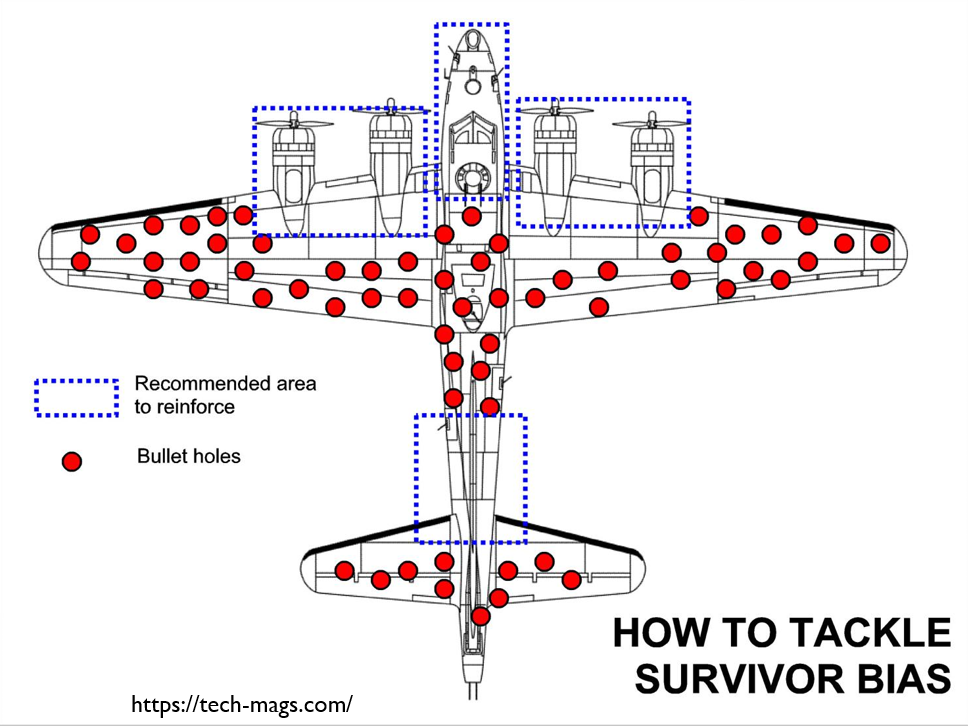![]()
We often hear that data analysts and data scientists should be proficient at listening to data and the art of storytelling with data, but what does that mean?
We can learn a lot about the art of data analysis and critical thinking involved from Abraham Wald’s wartime analytics story.
Abraham Wald was reviewing damaged aircraft returning from Germany in the Second World War to find out how to better protect fighter aircraft. Abraham found that the fuselage and fuel system of returned planes are much more likely to be damaged by bullets or flak than the engines.
Considering this information, the question was:
What sort of protective measures should he recommend to his superiors?
The obvious answer to the DoD and MoD was to protect the parts of the plane that were most heavily damaged and that’s what most military experts were recommending. However, much to the amazement of the military, Wald recommended the armor should go where there was no anti-aircraft damage.
Wald’s brilliance suggested an unconventional solution which saved countless lives.
Solution: Don’t armor the places that sustained the most damage on planes that came back simply because they came back and these areas can sustain damage!
These bombers’ wounds showed where they could afford to be hit. Said another way, the undamaged areas on the survivors showed where the lost planes must have been hit because the planes hit in those areas did not return from their missions.
Related
Introducing Data Science Gym – Technology Magazine (tech-mags.com)
